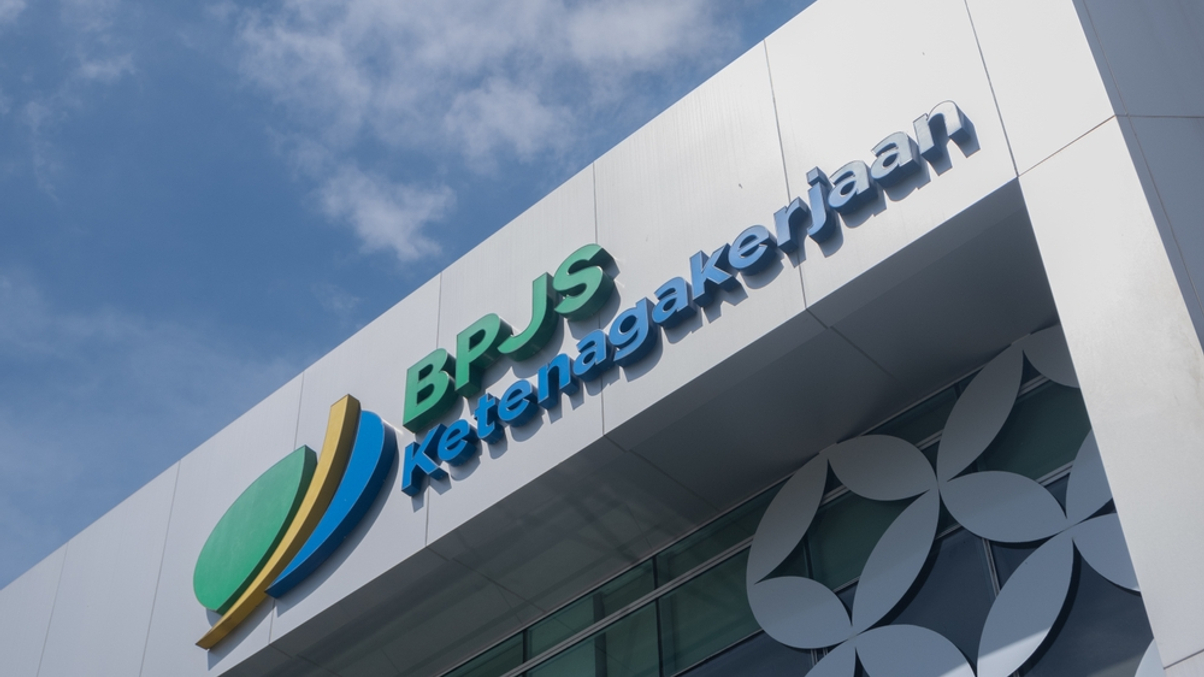Indonesia pension fund keen to raise PE allocations
Consistent growth in assets under management means the pension fund needs to find different routes to invest, says its director of investment development.

Indonesia’s social security fund, BPJS Ketenagakerjaan, is keen to add to its direct investments, a senior executive told AsianInvestor.
Sign in to read on!
Registered users get 2 free articles in 30 days.
Subscribers have full unlimited access to AsianInvestor
Not signed up? New users get 2 free articles per month, plus a 7-day unlimited free trial.
¬ Haymarket Media Limited. All rights reserved.


